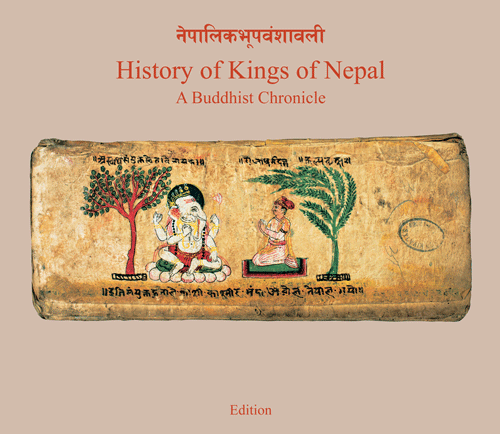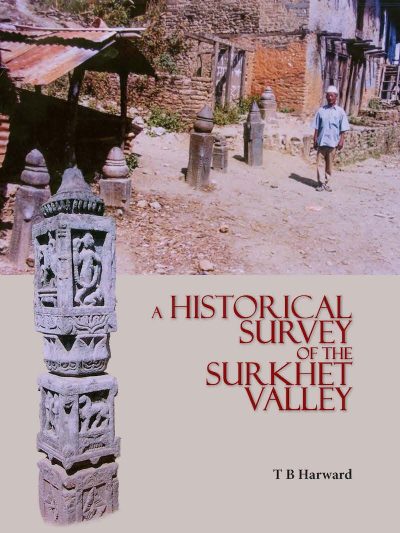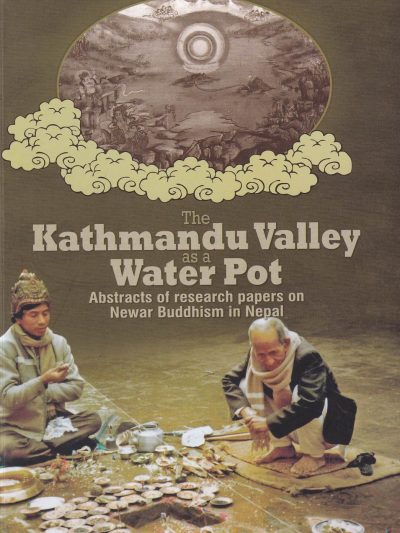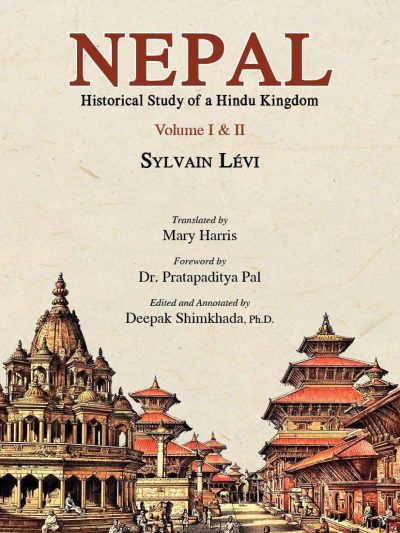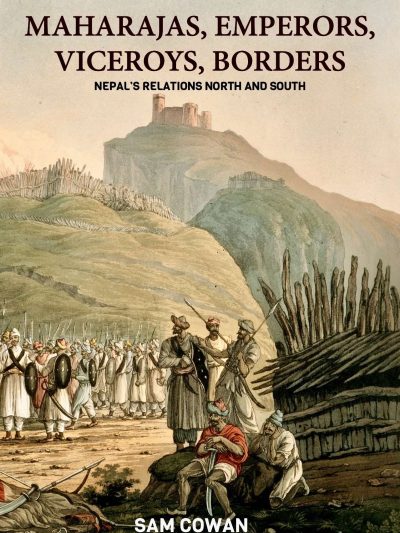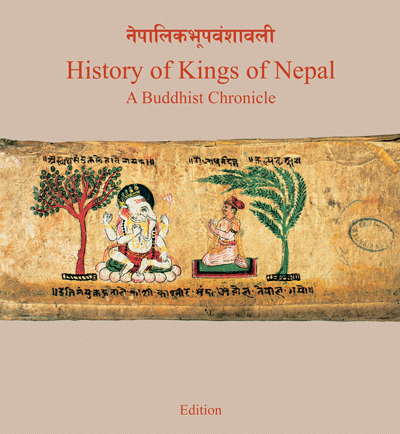Description
Nepal has possibly the largest collection of chronicles in South Asia. These vamsavalis became popular after the Saba 1 dynasty conquered the Kathmandu Valley in 1768/69 and can be regarded as part of the nation building process promoting Nepali as the lingua franca. However, only two longer chronicles have so far been translated into English and thus remained, in a way, the major sources of Nepalese history and legends: The so- called Padmagiri Chronicle included in Bikram Jit Hasrat’s History of Nepal (1970), and especially the History of Nepal, translated and edited by Daniel Wright, a physician who served at the British Residency in Kathmandu from 1866 to 1876. This chronicle, whose appropriate name could be Nepalika-Bhupa-Vamsavali (NBh V), “Genealogy of the Kings of Nepal”, as its opening stanzas suggest, was composed most probably by a Newar Buddhist pundit in Patan in the 1830s.
The translation into English by Daniel Wright with the help of “Munshi Shew Shunker Singh and Pandit Sri Gunanand” was published in 1877 by Cambridge University Press. It has been reprinted no less than 10 times by different publishers. Be- ing the most readily available translation of the vamsavalis, Wright’s book has been used exten- sively by scholars around the world. It also hap- pens to be the earliest Buddhist vamsiivali of the 19th century.

